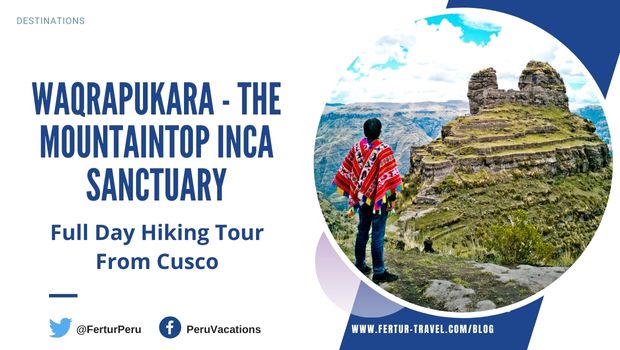
Treasure Of Waqrapukara – A Lesser Known Inca Sanctuary
Along the southern plateau of the Sacred Valley, past the Four Lakes district, lies the amazing Inca temple fortress of Waqrapukara.
This impressive Inca archaeological complex is less known and more remote than the more famous monuments of Machu Picchu, Sacsayhuaman, Moray or Ollantaytambo.
The destination is, however, gaining attention as a hidden treasure for travelers seeking an alternative trekking and camping adventure.
Overview of the location, history and folklore of Waqrapukara
Waqrapukara: Hidden Inca tours
Located in the province of Acomayo in Cusco’s Pomacanchi district, the name Waqrapukara in Quechua means “horn-shaped fortress.”
Getting there involves a 2½-hour drive from Cusco to the town of Santa Lucia, and then a 2-hour trek.
Similar to Machu Picchu, the Inca ceremonial architecture at Waqrapukara melds amazing stone masonry and spectacular natural formations.
Nestled sinuously along a rocky outcrop, built around two horn-shaped, towering mountain peaks, the site features eight Inca terraces with retaining walls and stone stairways.
At one end, it features rectangular stone enclosures with niches and double and triple jamb Inca doorways. At the other end are more enclosures, one of them an E-shaped structure, flanked by a longitudinal wall with trapezoidal niches.
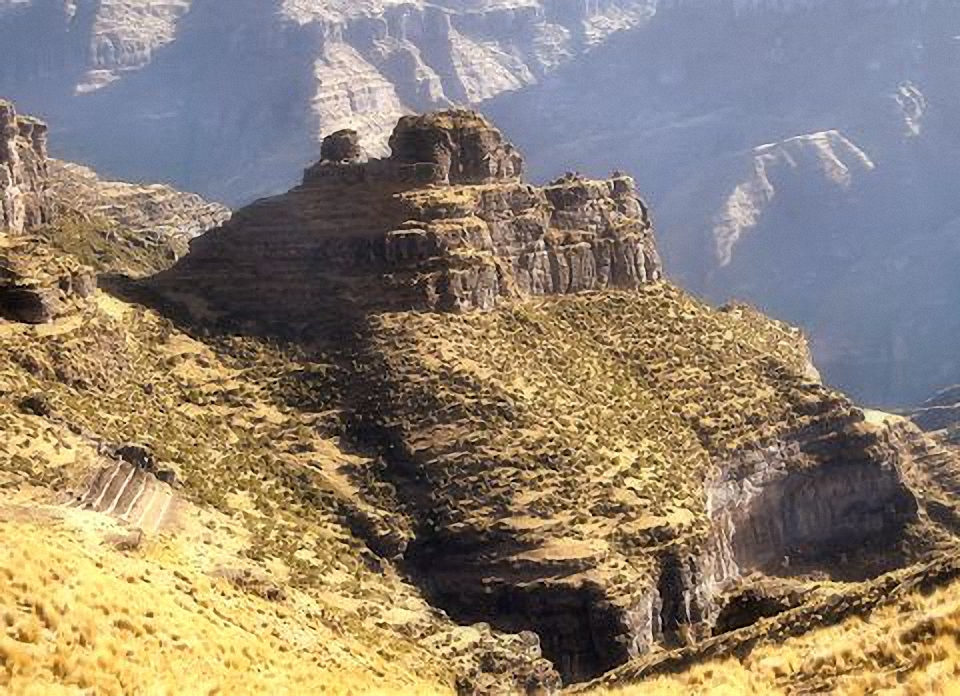
“Waqrapukara is an Inca sanctuary of the first order that denotes immense political and religious power, as-yet undeciphered,” archaeologist Miguel Cornejo told La República. “Four ancient trails lead to the site.”
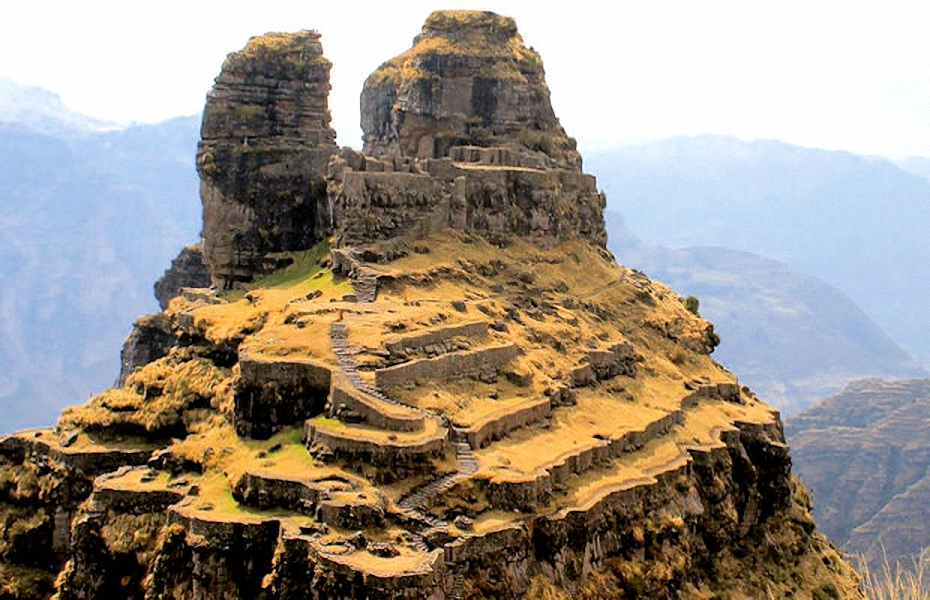
The heroic Inca legend of Wakrapukara
According to legend, an over-ambitious Inca military officer, T’ito Qosñipa, was amazed by Waqrapukara, located in the heart of rival Qanchis tribal territory. With personal visions of conquest, he became the tribe’s leader and a rebellion against Inca ruler Huayna Capac.
A military force was sent to confront T’ito Qosñipa and his forces defeated in a fierce bloody battle on the flanks of Mount Phiñaypampa.
He and his remaining Qanchi warriors retreated to the high Waqrapukara fortress.
The Inca force pursued, but they could not breach the shear defensive walls. Soldiers fell one after the other into the deep ravine to the ApurÃmac River valley, and soon they gave up the assault.
T’ito Qosñipa’s rebel force remained hold up in Waqrapukara for 15 days, but the Inca discovered and cut off the underground channel that provided their water. He was forced to capitulate.
He and 100 of his Quanchis warriors were taken prisoner and brought before Inca Huayna Capac. Surprisingly, the Inca emperor did not put his renegade general to death, but instead pardoned him. His Qanchis warriors, in exchange for swearing loyalty to the empire, were also spared their lives, but each had an ear cut off as punishment for the uprising.
Ironically, T’ito Qosñipa went on years later to be become one of Huayna Capac’s most celebrated military leaders, as the Inca Empire pressed northward into what is now Ecuador.
What can I expect when I tour Waqrapukara?
Getting to Waqrapukara requires a moderate hike that is not technically difficult. The sanctuary is off Cusco’s more beaten tourist paths, so you can expect to enjoy a peaceful and fairly uncrowded visit. The sanctuary includes several structures, including a temple, terraces, and a central plaza. The views of the surrounding landscape, mountains and river are truly breathtaking.
What should I bring with me to tour Waqrapukara?
Be sure to bring sturdy walking shoes, sunscreen, a hat, and plenty of water when touring Waqrapukara. You may also want to bring a light jacket, as the temperature can drop in the early morning and late afternoon. Don’t forget your camera with batteries fully charged, since the views of the site and the surrounding terrain are truly stunning.
How long does it take to tour Waqrapukara?
Visiting Waqrapukara typically takes around 2-3 hours, depending on your level of interest and physical endurance. The site’s mountaintop location requires ascending narrow stone steps, and there are some steep drop-offs, so it’s important to take your time and not rush.
When is the best time to visit Waqrapukara?
The best time to tour Waqrapukara is during the dry season, which runs from April to October. During this time, the weather is generally clear and dry, and the views of, and from, the site are at their spectacular best. However, it’s still possible to visit Waqrapukara during the rainy season, which runs from November to March. Just be aware that the hike to the site, as well as the sanctuary itself, may be more slippery and getting there can take longer.
Can I camp at Waqrapukara?
Camping is not allowed at Waqrapukara, as the site is considered a sacred shrine by the local communities and is closed to visitors at night. However, there are several places to set up camp nearby, some with great views of the unique horned temple fortress.
Of course, you can experience Wakrapukra in a small group or private tour from Cusco. Just reach out to us through Whatsapp or the Contact Us Now form for more information about how to add this special element of experiential travel into your itinerary.
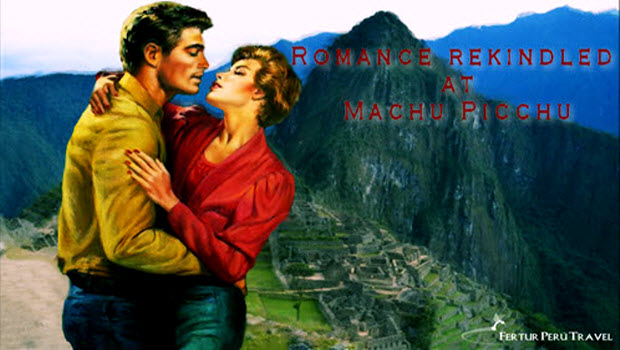 The romantic journey to Machu Picchu
The romantic journey to Machu Picchu 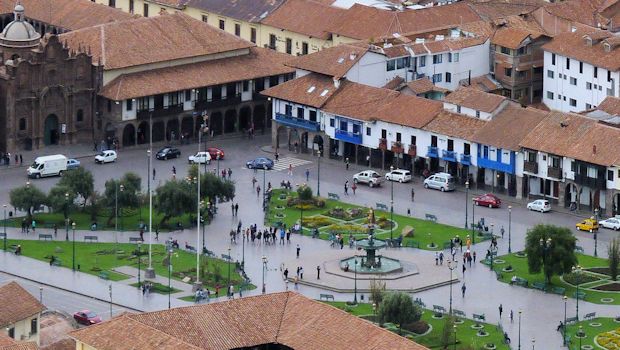 Pilot project: Cusco’s main plaza a vehicle-free pedestrian zone
Pilot project: Cusco’s main plaza a vehicle-free pedestrian zone 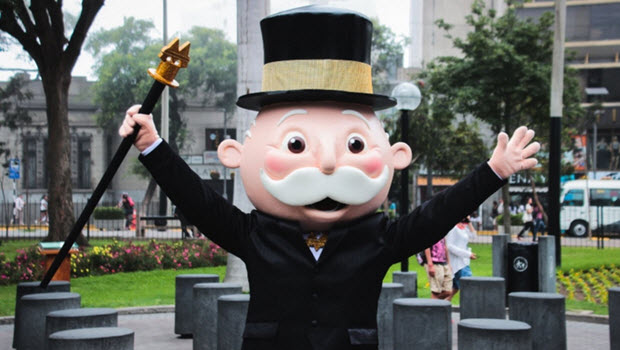 Lima voted TOP property in MONOPOLY HERE & NOW: World Edition
Lima voted TOP property in MONOPOLY HERE & NOW: World Edition 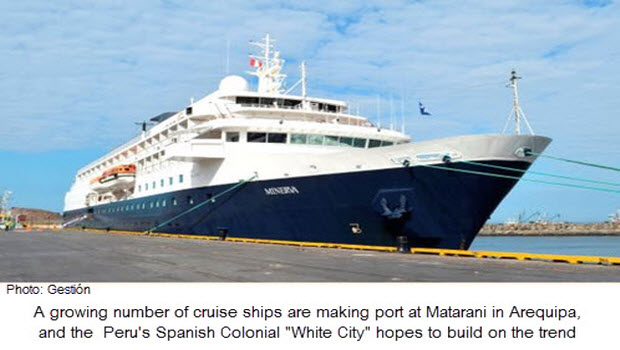 Make Arequipa a port of call on a luxury cruise vacation
Make Arequipa a port of call on a luxury cruise vacation 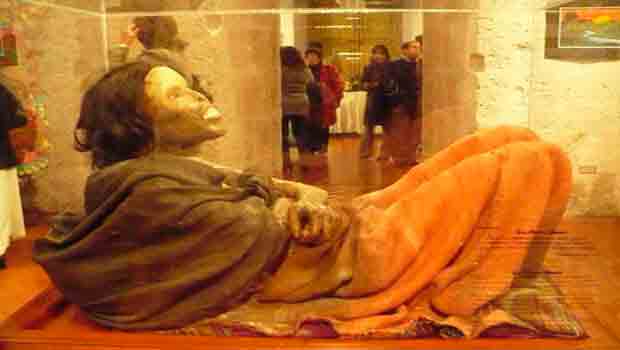 Arequipa tour attraction Juanita mummy placed in deep freeze
Arequipa tour attraction Juanita mummy placed in deep freeze 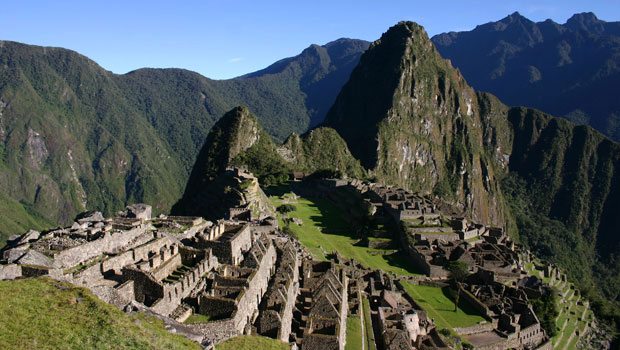 Does it make sense to visit Machu Picchu in January
Does it make sense to visit Machu Picchu in January 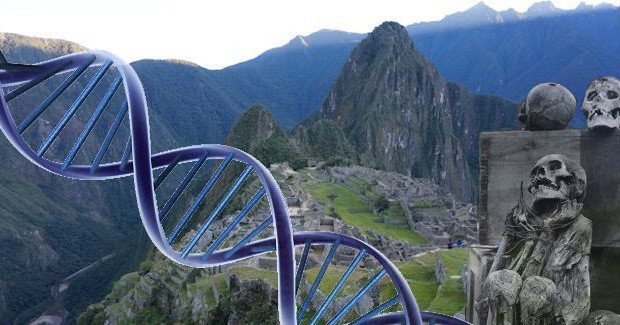 Scientists to Study Ancient DNA to Unravel the Mystery Of Machu Picchu
Scientists to Study Ancient DNA to Unravel the Mystery Of Machu Picchu 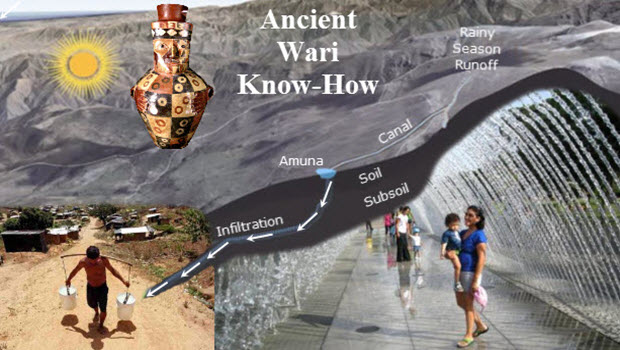 Refurbishing pre-Inca water channels to fix Lima’s desert water woes
Refurbishing pre-Inca water channels to fix Lima’s desert water woes